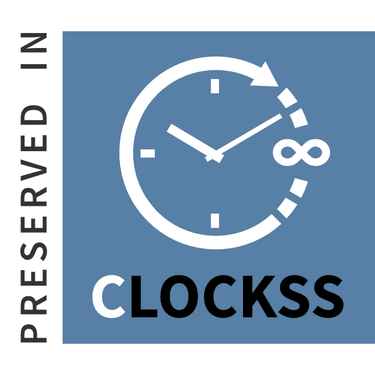Clinical Characteristics and Outcome of Patients with Distal Anterior Cerebral Artery Aneurysms
Abstract
Background: Distal anterior cerebral artery aneurysms account for 3% to 7% of intracranial aneurysms. They have increased risk of premature rupture during surgery and tend to have a higher morbidity. We aim to determine the clinical characteristics, management strategies and outcomes of patients with these aneurysms who underwent microsurgical clipping at a major university hospital in Nepal.
Methods: This is a retrospective study of patients with distal anterior cerebral artery aneurysms who underwent microsurgical clipping between 2012-2022. Demographic data and clinical-radiological factors like Hunt and Hess grade, aneurysm location, and modified Rankin scale score at three, six, and 12 months were collected.
Results: A total of 26 aneurysms were microsurgically clipped in 20 patients in ten years. Most patients presented with Hunt and Hess grade II. Of the 26 aneurysms, 16 (62%) were in A3 segment. Six patients had associated anterior communicating artery aneurysm, two patients had middle cerebral artery aneurysm and two patients had associated arteriovenous malformation. Sixteen patients (80%) had a favorable outcome (modified Rankin scale ≤2) at 12 months follow-up.
Conclusions: Aneurysms in the distal anterior cerebral artery locations are a challenging subset of aneurysms to treat. The majority of the patients had aneurysms in A3 segment and 80% patients had a favourable outcome at 12 months follow up period.
Keywords: Aneurysm; distal anterior cerebral artery; outcome; subarachnoid haemorrhage.
Copyright (c) 2024 Sandeep Bohara, Amit Bahadur Pradhanang, Gopal Sedain, Mohan Raj Sharma

This work is licensed under a Creative Commons Attribution-NonCommercial 4.0 International License.
Journal of Nepal Health Research Council JNHRC allows to read, download, copy, distribute, print, search, or link to the full texts of its articles and allow readers to use them for any other lawful purpose. Copyright is retained by author. The JNHRC work is licensed under a Creative Commons Attribution-NonCommercial 4.0 International (CC BY-NC 4.0).












